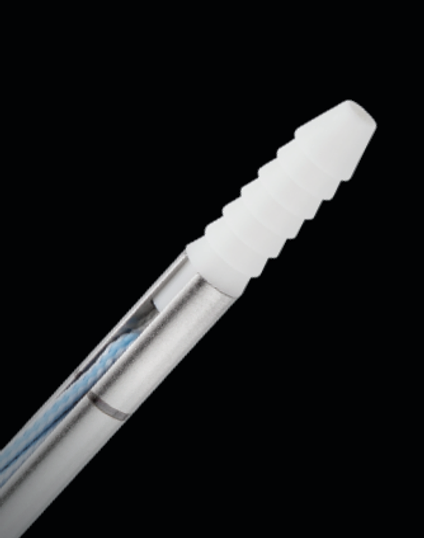Ankle Ligament Surgery

Ankle Ligament Reconstruction Surgery and Aftercare
Ankle Sprain Injury
An ankle sprain is the most common sports injury worldwide. Frequent or easy sprains of the ankle may mean that the ankle ligaments are damaged or torn. An MRI scan is required to determine the extent of ligament damage in such cases. Sometimes, one bad injury can also cause the ligaments to tear.
Persons with a condition called Generalised Ligamentous Laxity may be more prone to ankle sprains and ligament damage, and a vicious cycle of recurrent sprains and recurrent damage may develop.
Brostrom-Gould surgery
In cases not managed adequately with physiotherapy, a simple surgery to reconstruct the ankle ligaments is a very effective way of restoring stability to the ankle, allowing the patient to return to sports and protecting the ankle for the years to come. This surgery is called Brostrom-Gould surgery. This procedure reconstructs the lateral ankle ligaments.
Before surgery
Before surgery, you should keep your ankle and calf strong by doing tip-toeing and resistance exercises. If there had been a recent sprain, it is better to allow the swelling and inflammation to settle before operating. The exception is in cases with severe ligament damage and internal blood clots, early surgery would in fact be better to allow early healing.
Ankle Ligament Reconstruction surgery
On the day of surgery, you will admit to the designated hospital at least 2 hours before the surgery time. The length of the surgery may be 45 – 60 min, but you may be in the Operating Theatre for about 2 to 2.5 hours in total.
To do this surgery, we use small plastic screws (suture anchors) that are inserted into the bone to allow us to repair the tissues. These screws will integrate into the patient’s own bones after several years.
After surgery, your ankle will be placed in a cast so that it is immobilised. You will need to keep your leg elevated to help reduce swelling. Nonetheless, you are allowed to weight-bear slightly on the operated ankle as tolerated with the aid of crutches.
Patients either do this as a day surgery or stay 1 night in the hospital.
After surgery
When you go home, you should keep your leg elevated most of the time and actively move your toes to improve blood circulation. You should be able to manage around the home on your own. If you have stairs at home, you should minimise going up and down the stairs, and have someone to assist you while you are on the stairs. We will supply you a waterproofing cover to keep the cast dry. After a week, you will have a review appointment and the cast can be converted to a walking boot.
Recovery after ankle ligament surgery
Physiotherapy will start about 3 weeks following the surgery, at which time you will be taught gentle stretching and strengthening exercises. The range of movement of your ankle will gradually recover with the exercises. You may be using the walking boot for 5 to 6 weeks in total. You should be walking smoothly 1.5 months after surgery, and most patients are able to start running 3 to 4 months after surgery, and start jumping activities (eg basketball, netball) 5 to 6 months after surgery.
Driving after ankle ligament surgery
Return to driving can be almost immediate if your operated leg is on the left and you drive an automatic car. Otherwise, it may be 4 to 6 weeks after surgery before it is advisable to resume driving.
Time away from work
Time away from work is variable and depends on each patient’s work requirement. In our experience, it may range from two weeks to two months.

An ankle Suture Anchor that is used for Brostrom-Gould surgery.


